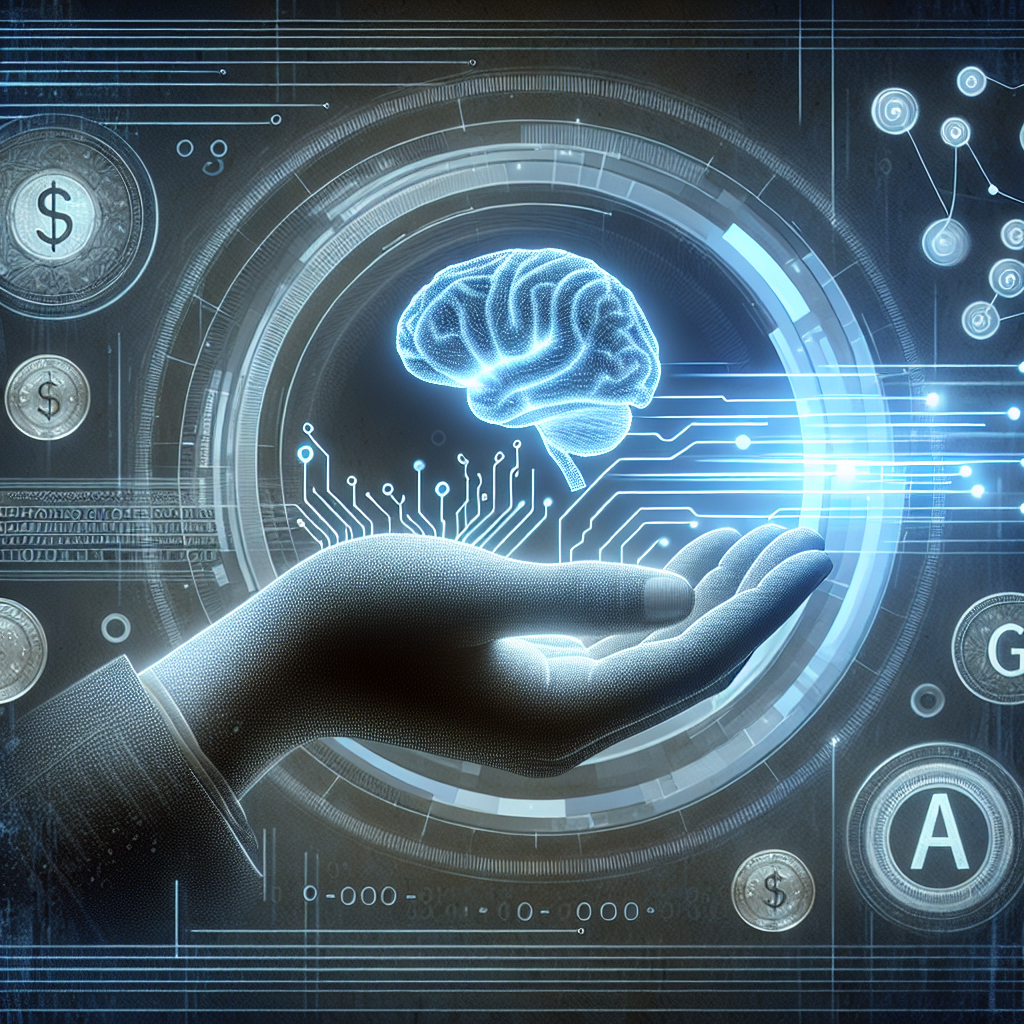Philanthropy in the Age of Artificial Intelligence: The Role of Technology in Giving
Philanthropy has always been a powerful force for good in the world. From the ancient Greeks who built temples and theaters to modern-day billionaires who donate billions of dollars to charitable causes, philanthropy has played a significant role in shaping society and improving the lives of countless individuals.
In recent years, the rise of artificial intelligence (AI) has brought about significant changes in the way philanthropy is conducted. AI technology has the potential to revolutionize the way charitable organizations operate, enabling them to better target their resources, measure their impact, and engage with donors in new and innovative ways.
The Role of Technology in Philanthropy
Technology has always played a crucial role in philanthropy, enabling organizations to reach more people, raise more funds, and operate more efficiently. However, the advent of AI has taken things to a whole new level.
One of the key ways in which AI is revolutionizing philanthropy is through the use of data analytics. AI algorithms can analyze vast amounts of data to identify trends, patterns, and correlations that would be impossible for humans to detect. This enables charitable organizations to better understand the needs of the communities they serve, target their resources more effectively, and measure the impact of their programs with greater precision.
AI technology is also transforming the way charitable organizations engage with donors. Chatbots, for example, can provide real-time assistance to donors, answer their questions, and guide them through the donation process. Personalized recommendation engines can suggest specific causes or projects that are likely to resonate with individual donors, increasing the likelihood of a donation.
Furthermore, AI can help charitable organizations optimize their fundraising campaigns by predicting donor behavior, segmenting their donor base, and targeting their messaging more effectively. This can result in higher donation rates, increased donor retention, and greater overall impact.
Challenges and Opportunities
While AI technology offers tremendous opportunities for philanthropy, it also presents a number of challenges. One of the key concerns is the potential for bias in AI algorithms. If not carefully designed and monitored, AI algorithms can inadvertently perpetuate existing biases and inequalities, leading to unfair outcomes for marginalized communities.
Another challenge is the potential for AI to displace human workers in the nonprofit sector. As AI technology becomes more advanced, it has the potential to automate many tasks that are currently performed by humans, such as data analysis, customer service, and fundraising. While this could lead to cost savings and increased efficiency for charitable organizations, it could also result in job losses and a loss of human connection in the philanthropic sector.
Despite these challenges, the potential benefits of AI in philanthropy are immense. By harnessing the power of AI technology, charitable organizations can make a greater impact, engage with donors more effectively, and operate more efficiently than ever before.
FAQs
Q: How can AI technology help charitable organizations target their resources more effectively?
A: AI algorithms can analyze vast amounts of data to identify trends, patterns, and correlations that would be impossible for humans to detect. This enables charitable organizations to better understand the needs of the communities they serve and target their resources more effectively.
Q: What are some examples of AI applications in philanthropy?
A: Some examples of AI applications in philanthropy include data analytics for impact measurement, chatbots for donor engagement, and personalized recommendation engines for fundraising campaigns.
Q: What are some of the potential challenges of AI in philanthropy?
A: Some potential challenges of AI in philanthropy include the potential for bias in AI algorithms, the displacement of human workers, and concerns about privacy and data security.
Q: How can charitable organizations ensure that AI technology is used ethically in philanthropy?
A: Charitable organizations can ensure that AI technology is used ethically in philanthropy by being transparent about how AI algorithms are used, monitoring for bias and unfair outcomes, and engaging with stakeholders to ensure that AI technology is used responsibly.
In conclusion, the age of artificial intelligence presents both challenges and opportunities for philanthropy. By harnessing the power of AI technology, charitable organizations can make a greater impact, engage with donors more effectively, and operate more efficiently than ever before. With careful planning and ethical considerations, AI has the potential to revolutionize the way philanthropy is conducted, leading to a more equitable and sustainable future for all.

